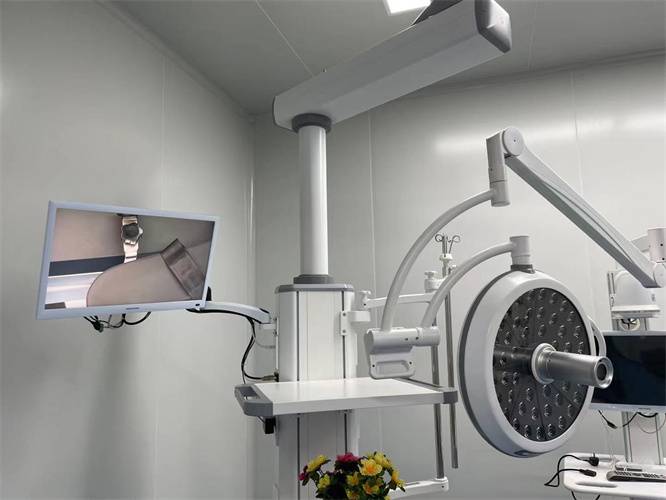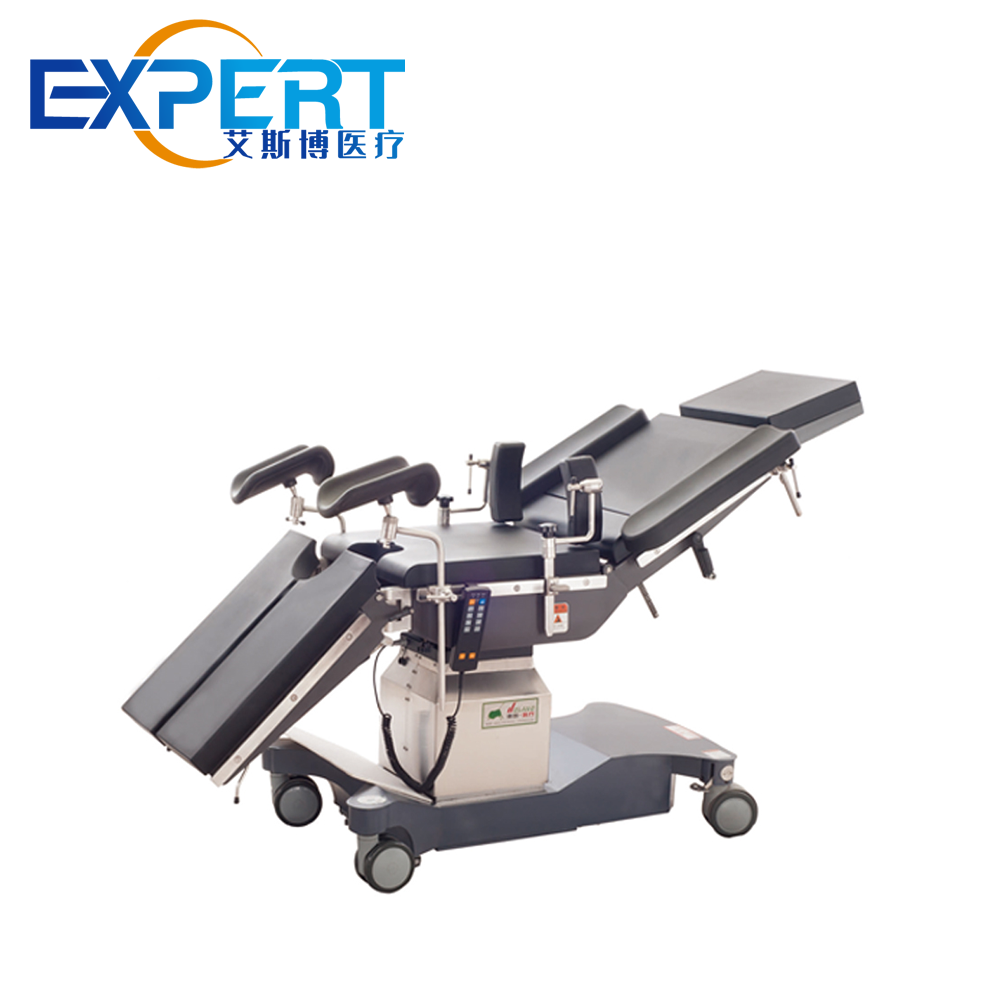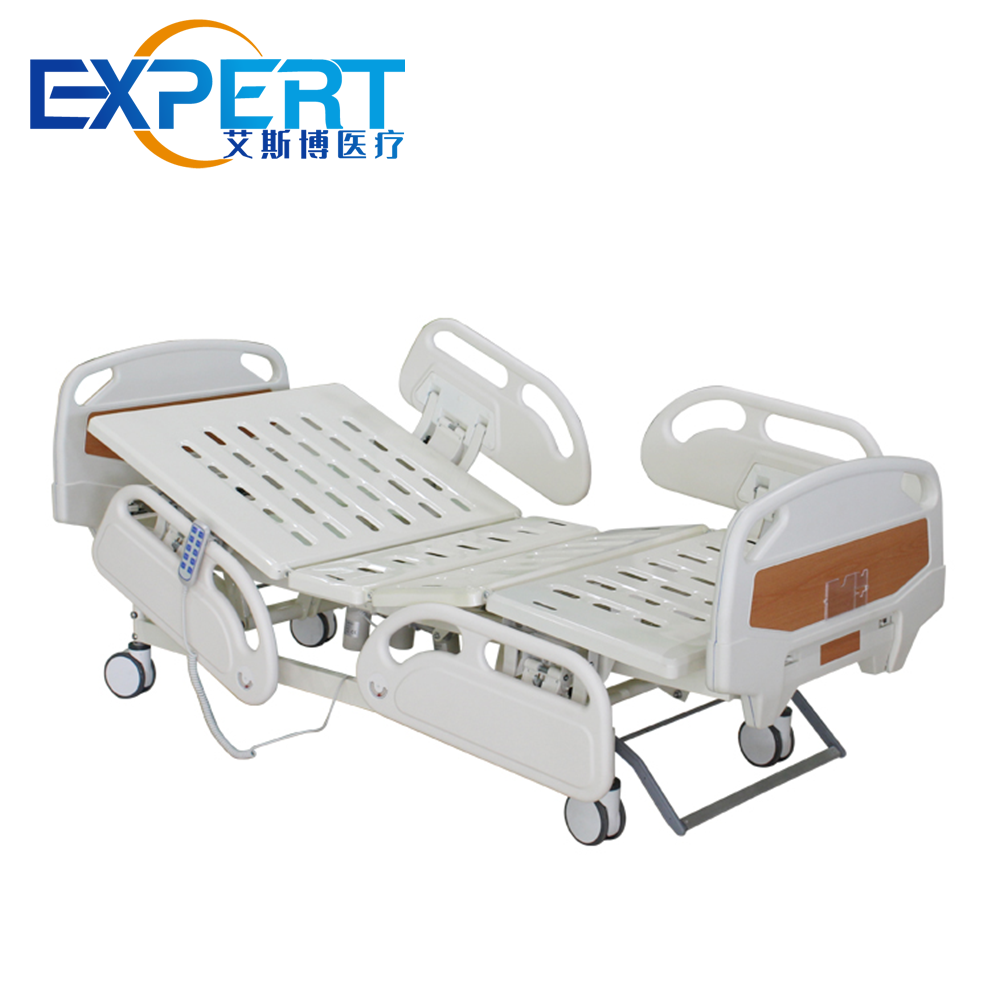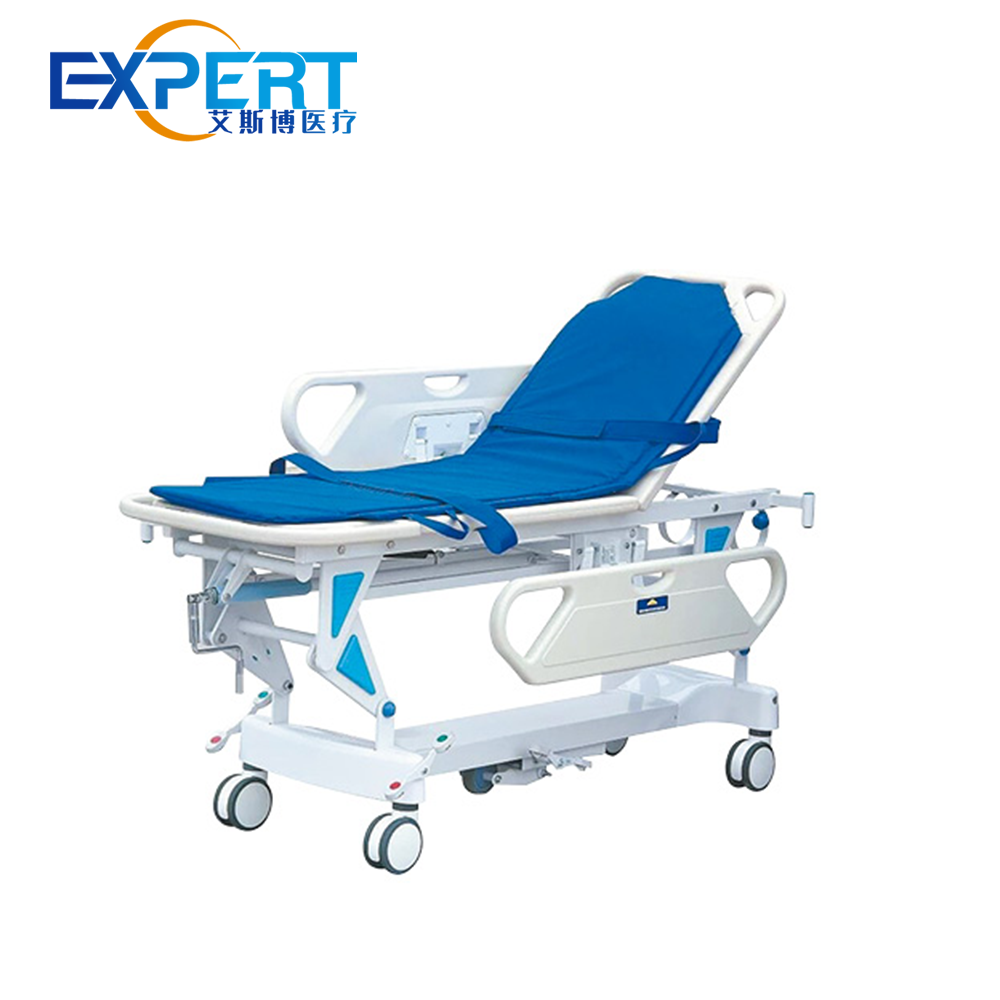Dirección
304 North Cardinal St.
Dorchester Center, MA 02124
Horas laborales
Lunes a viernes: 7:00 a. M. - 7:00 p. M.
Fin de semana: 10 a. M. - 5 p. M.
Grupo de equipos médicos expertos de Shandong
Expert Medical Equipment Group, como uno de los fabricantes y exportadores de equipos médicos más profesionales de China, insiste en proporcionar productos confiables, de seguridad y de calidad superior, así como los mejores servicios posventa para el mercado mundial.


La serie de mesas de operaciones Expert Medical cumple con los requisitos de cirugía general, corazón, cabeza, cuello, cavidad torácica y otras operaciones quirúrgicas.
La serie de lámparas quirúrgicas Expert Medical está involucrada en varios campos de iluminación quirúrgica y sistemas de iluminación auxiliar.
Los expertos médicos brindan varios tipos de UCI hospitalarias y camas de enfermería que tienen un diseño realmente hermoso y son duraderas de usar.
Son estaciones de trabajo ideales para gases medicinales, fuentes de alimentación, plataformas de instrumentos, bastidores de bombas de infusión y terminales de salida de red en hospitales.
No se permiten irregularidades en los productos médicos. Contamos con el mejor ingeniero técnico para participar en el diseño y evaluación de productos, comprometidos en brindar un servicio eficiente y de alto nivel a todos los clientes.
Además de la fabricación de equipos médicos, también participamos en la investigación y el desarrollo de industrias modernas y de alta tecnología, y apoyamos a las instituciones médicas para mejorar el diagnóstico y el efecto del tratamiento en diversas enfermedades.
Expert Medical se ha dedicado a la fabricación de equipos médicos y al servicio técnico durante más de 17 años, continúa brindando información de mercado oportuna y soporte técnico a todos los clientes, con un equipo técnico profesional para cumplir con varios requisitos de servicio de preventa y posventa.
Expert Medical se encuentra en la ciudad de Qufu, provincia de Shandong, que es el grupo industrial de equipos quirúrgicos más grande de China e incluso del mundo. Nuestros productos principales son: series de lámparas quirúrgicas, series de mesas quirúrgicas, colgantes médicos, series de camas médicas, etc. 200 especificaciones.

NOS ENCANTA LO QUE HACEMOS
Es mejor ser un buen especialista en un negocio que un promedio en varias industrias.
Nuestro equipo de diseño y fabricación de equipos médicos conoce bien las necesidades de los pacientes y los médicos. Por lo tanto, estamos seguros de que somos expertos en la industria de equipos médicos.
Somos uno de los principales fabricantes de equipos médicos de alta tecnología, y los productos se distribuyen ampliamente en hospitales y clínicas de todo el mundo y cuentan con el respaldo de una extensa red de distribuidores.
Todas las etapas de producción de nuestros productos están bajo estricto control, y cada paso está sujeto a pruebas y controles de calidad precisos y profesionales. Todos los productos tienen un rendimiento casi perfecto en la práctica médica.
Además de los equipos operativos quirúrgicos básicos y los instrumentos hospitalarios, también producimos y proporcionamos equipos de diagnóstico médico, dispositivos de tratamiento y recuperación digitales y otras series de productos, cientos de variedades y especificaciones para cumplir con varios requisitos. deje de proveedor de soluciones de equipos médicos.
Como fabricante profesional de equipos médicos de ventanilla única, EXPERT MEDICAL posee una cadena de suministro integrada para proporcionar una gama completa de servicios de equipos médicos para quirófanos, áreas de cuidados críticos e instituciones de atención primaria, etc., con tecnología de producción moderna y estrictos controles de costos, suministramos los productos más rentables para todos nuestros clientes.

Desde camas básicas, muebles médicos y carros hasta equipos de quirófano, pruebas de diagnóstico y fisioterapia de rehabilitación, la experiencia del equipo de equipos médicos expertos en gestión de riesgos y proyectos nos convierte en el proveedor preferido para hospitales en más de 70 países. También continuaremos aprovechando al máximo nuestras ventajas y brindando equipo médico profesional.
Nuestro eje principal es la innovación constante; estamos comprometidos con el desarrollo continuo y la implementación de nuevos estándares de calidad de producto y eficiencia de servicio. Hemos acumulado muchas patentes y certificaciones técnicas registradas. Mientras nos esforzamos por brindar la mejor experiencia a nuestros clientes y contribuir a la mejora y modernización de los sistemas de salud en todo el mundo.
EXPERT MEDICAL no solo vende productos, también brindamos la capacitación y educación adecuadas para la instalación para ayudar a los clientes a realizar trabajos con los más altos estándares. Hay un elemento ético en todo esto, ya que EXPERT MEDICAL defiende los valores tradicionales de integridad y honestidad, mientras que siempre trata a todos los clientes como nuestros amistosos socios de cooperación.
Entendemos la intención original y las razones por las que los clientes personalizan los equipos médicos, por lo que podemos proporcionar el equipo más adecuado. Contamos con un equipo profesional de I + D para diseñar y satisfacer las solicitudes de diferentes clientes sobre el equipo médico personalizado y proporcionar productos con diferentes especificaciones de acuerdo con diferentes solicitudes para garantizar una mayor eficiencia en el trabajo. Ahora háganos saber sus solicitudes de personalización para brindarle lo mejor. equipos y productos profesionales.


EXPERT MEDICAL se dedica a establecer un sistema de calidad tranquilizador durante todo el proceso de fabricación de equipos médicos. Por este valor fundamental, somos responsables tanto de nuestros clientes como de toda la industria.
In this article, we’ll explore the essential steps to evaluate...
Lee masThis blog explores the numerous benefits of investing in a...
Lee masThis blog explores the top seven features that make hospital...
Lee masThe adjustable hospital bed has transformed patient care, blending comfort...
Lee mas
La serie de mesas de operaciones Expert Medical cumple con los requisitos de cirugía general, corazón, cabeza, cuello, cavidad torácica y otras operaciones quirúrgicas.

La serie de lámparas quirúrgicas Expert Medical está involucrada en varios campos de iluminación quirúrgica y sistemas de iluminación auxiliar.

Expertos médicos proporcionan varios tipos de camas de enfermería y UCI hospitalarias que tienen un diseño realmente hermoso y duradero de usar.

Ya sea que se trate de atención médica diaria o cirugía, los carros quirúrgicos Expert Medical pueden ayudarlo a trabajar de manera más eficiente.

Con una variedad de estructuras y funciones, las camillas Expert brindan soporte de fuerza en el trabajo de rescate de emergencia y transporte de pacientes.

Los otros dispositivos médicos de Expert Medical trabajan juntos para ayudar a construir un sistema médico completo.
Nos dedicamos a proporcionar un modelo de venta integral al cliente; Prestamos más atención a la satisfacción de nuestros clientes.
